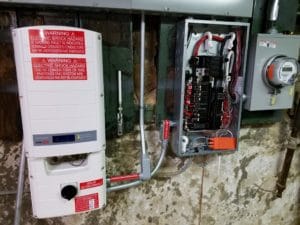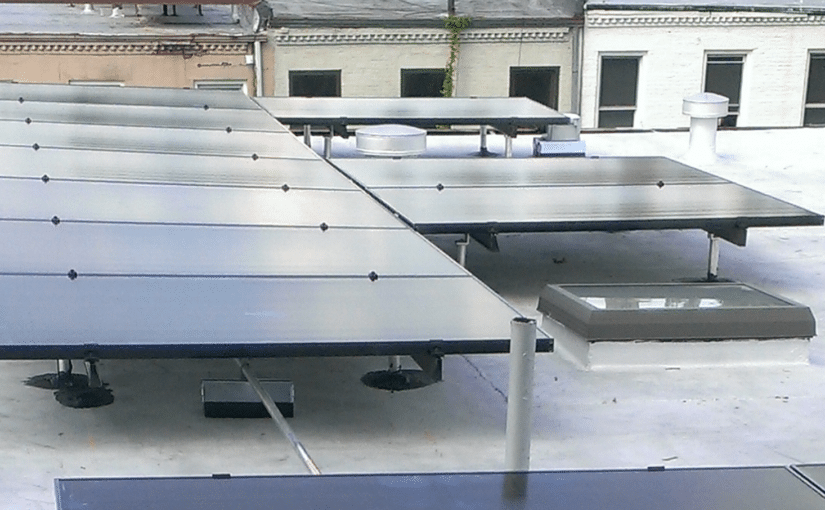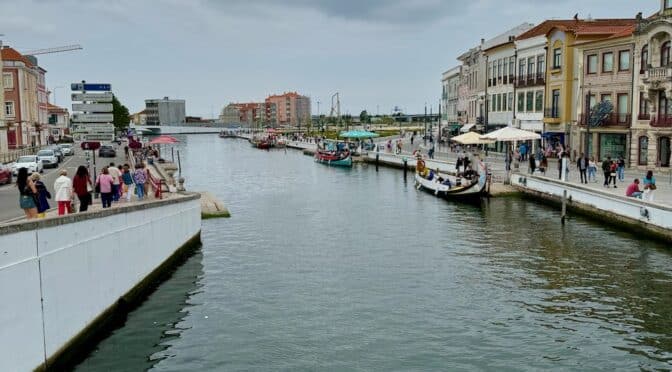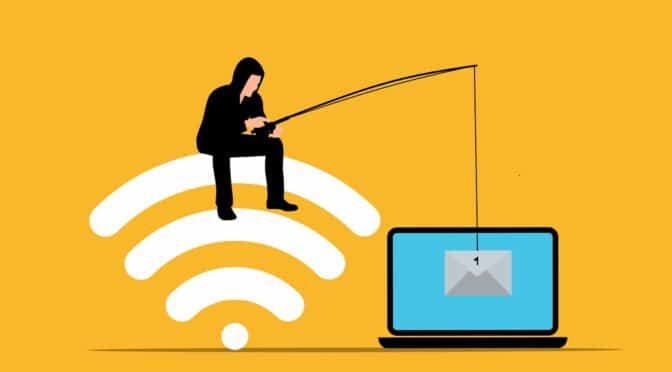by Mike Katz
Solar roof panels pay off for us and I’m shocked that my block is not filled with solar panel systems. Our flat roofs are perfect and yet only one neighbor, so far, has gone solar to generate his own electricity.
We own a brownstone in Park Slope, Brooklyn, in the Landmark District. In 2015 we started thinking about installing a solar panel system to provide electricity for our apartment and the ground floor unit we rent out. But before I jumped into it, I wanted to make sure that the jump to solar could save us money as well as improve our green footprint.
Community Board 6 seemed tuned in to our thoughts when they and the City University of New York sponsored a program called Brooklyn Solarize. They vetted installers and held a presentation. My wife and I attended and it sounded pretty good.
After the meeting we reached out to two installers and asked them to take a look at our house. They made proposals and we picked Quixotic Systems, Inc., because we felt it was the best fit. The installer handled all the details including the permits and the application for tax rebates.
They started with Con Edison, our utility, to get permission to install and then moved on to the New York City Department of Buildings (DOB) for a permit. Because we are landmarked, they also had to file a request for a permit from the NYC Landmarks Commission (LC).
The installation required inspections by the DOB, the New York City Landmarks Preservation Commission and the fire department. The installers scheduled the appointments, which took awhile to get.
The DOB inspected twice, after the panels were installed, and Con Edison came out again. We were happy to be inspected. We wanted to make sure the system met all the standards and requirements.
Con Edison performed the final step. They installed a “net meter” that measures the two-way street of solar generation. It goes forward when you make less electricity than you use and backward when you make more. In our case, there are months in the spring and summer when we make more electricity than we use and months in the fall and winter when we use more than we make. Overall, we are net buyers of electricity. But I’m getting ahead of myself here.
Our location in a Landmark District was important. Landmarks does not permit modern improvements to be seen from the street. You can see our roof from two streets. That meant that our panels could not be angled for optimal production. In addition, the fire department requires a six-foot-wide free zone from the front to the back of the roof.
Thanks to tax credits, the actual cost to us for the system was a fraction of the overall cost. We benefited from a 30 percent federal tax credit, 20 percent from New York State up to a maximum of $5,000, and a New York City property tax abatement of 20 percent granted over four years.
We paid cash and the tax credits didn’t come instantly. We got our federal credit with the filing of our 2016 tax return and it took two years to claim credit for the New York State credit on our tax returns. The city automatically deducts our abatement from our property taxes every year. We could have financed the system and bought electricity from our installation at a discount. But we chose to pay up front.
The cost:
We paid a little more than $32,000 for 16 solar panels, each with a capacity of 300 watts, and a SolarEdge inverter that converts direct current or DC electricity to alternating current or AC, which we use to run our appliances.

The tax credits added up to $22,453 and because we rent part of our house, we received depreciation tax benefits of almost $2,000. So the actual cost to us was $7,931.
That’s really good when consider that our system generated 4.7 megawatt hours in 2017 and 4.6 megawatt hours in 2018.
In our case, the cost per kilowatt hour is about 22 cents. In 2017 we saved $1,034 and in 2018 we saved $1,012. We modified our electrical panels, removing 4 panels and routing all our circuits into one panel with one meter. The modification results in savings of $1,440 in fixed costs per year.
So our annual savings with the solar panels are about $2,500 per year. The payback period for the system is a little more than three years.
A word of caution:
We know that our installer is reputable. We need them. If anything goes wrong, they have to fix it. The installation comes with warranties. Someone has to be there to fulfill those promises. I’ve been to my installer’s place of business. I know they monitor my installation just as I do. Our inverter communicates with the manufacturer and our installer via the internet. When a communication breakdown caused a failure of my network, the installer got in touch and helped us reestablish communication.
You also need to feel confident that they are using quality components. Our system has been solid, knock on wood.
Another word of caution:
You will get estimates about the benefit you can expect. Be skeptical of those estimates. I got estimates of 5 to 6 megawatt hours per year for the same configuration that I ultimately installed. You see how that estimate worked out. I got estimates of dollar benefits based on 29 cents per kilowatt hour cost. My actual cost is 22 cents per kilowatt hour. Conditions at your site can cause efficiency to be less than advertised. I have a giant tree that partially blocks the sun, and in 2018 we had 157 days of rain. The historical average is 121.
A word of encouragement:
If your system costs $25,000; your cost is $7,500. If you save $1,100 per year, your payback period is 6.82 years. That means that your investment earns 14.7 percent each year. That’s not too bad. If you rent out a portion of your house, you can depreciate the system and lower the cost even more.
I’m really happy that we installed the system. If I had it to do over again, I would make the system bigger by using higher capacity panels and adding a couple more of them. For the last two years, I bought 2.8 and 3.3 megawatt hours. I would love it if my system over-produced by a little. I would consider a battery system and go off the grid. Battery systems are not legal in New York as I write this, but a bill has been introduced in the legislature to legalize them.
For now, in addition to the savings, I get to be smug about my dainty carbon footprint. And by the way, if you look at my down-to-the-dollar figures in this report and guess that I’m an accountant, you’d be right. A green accountant with a solar roof.



